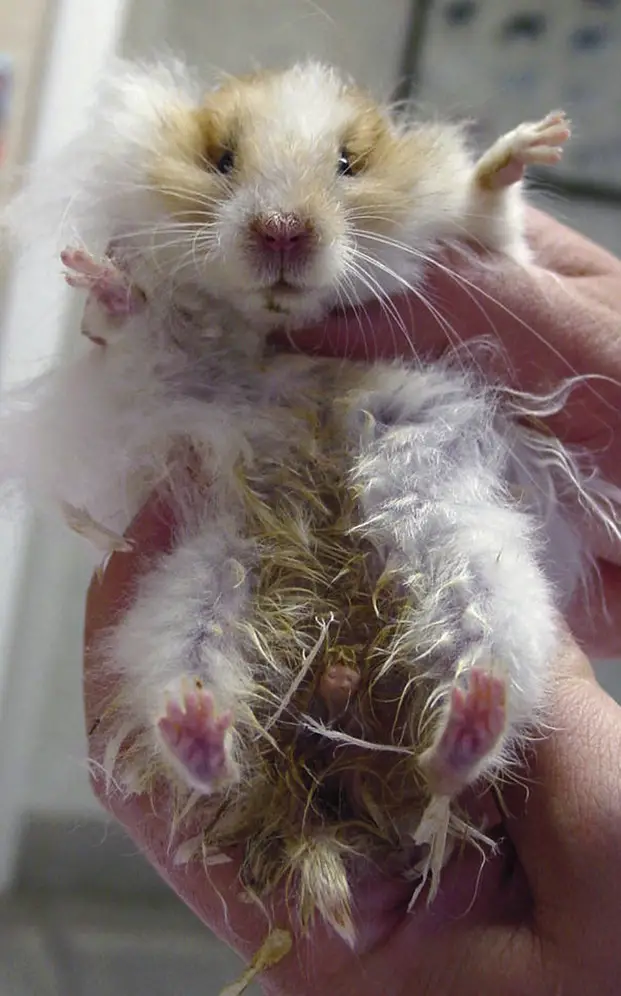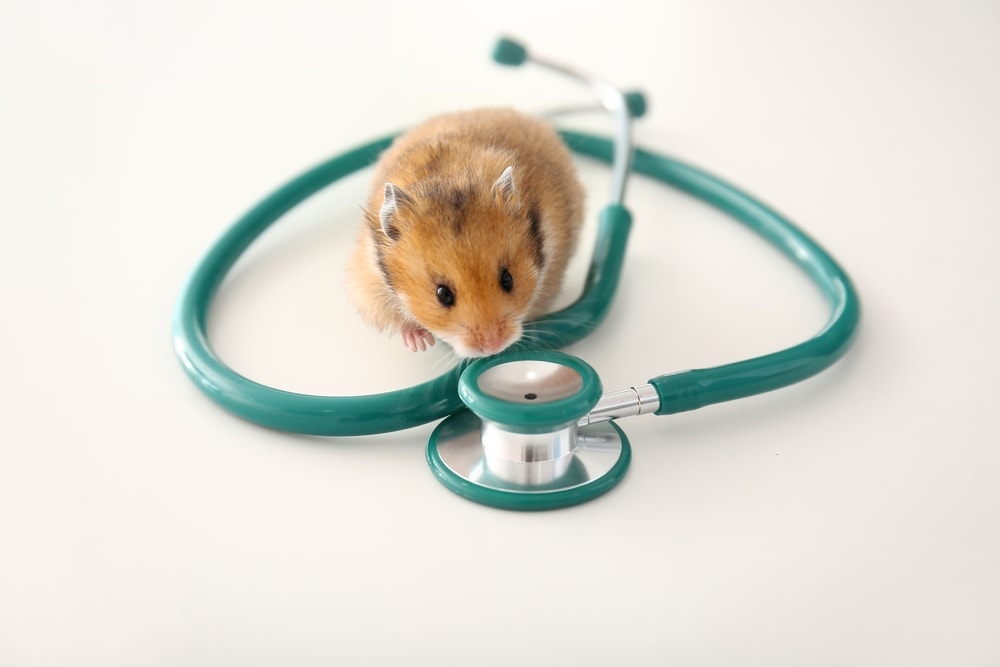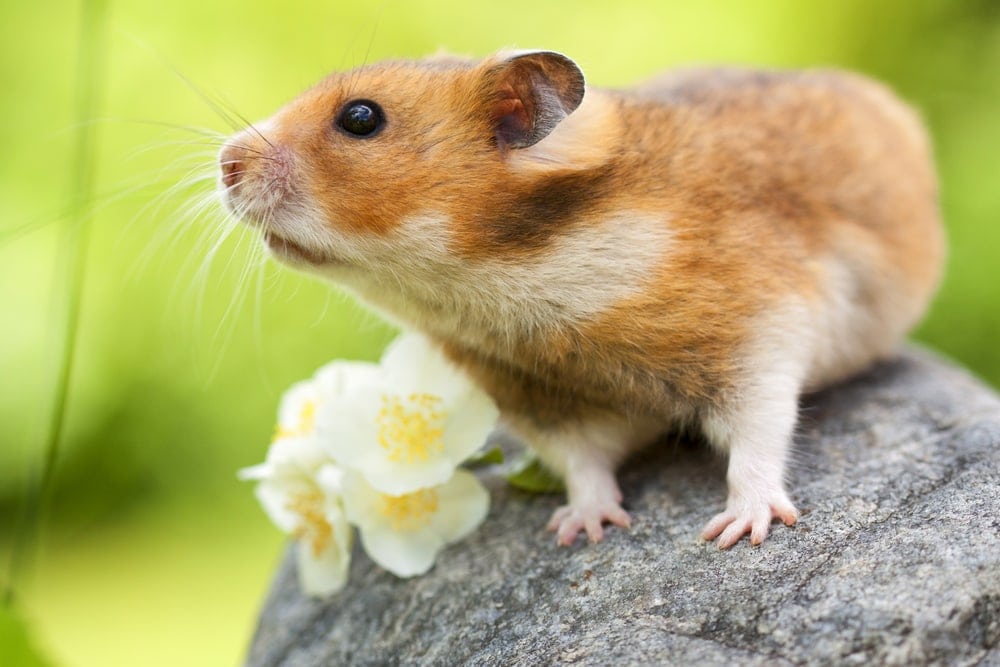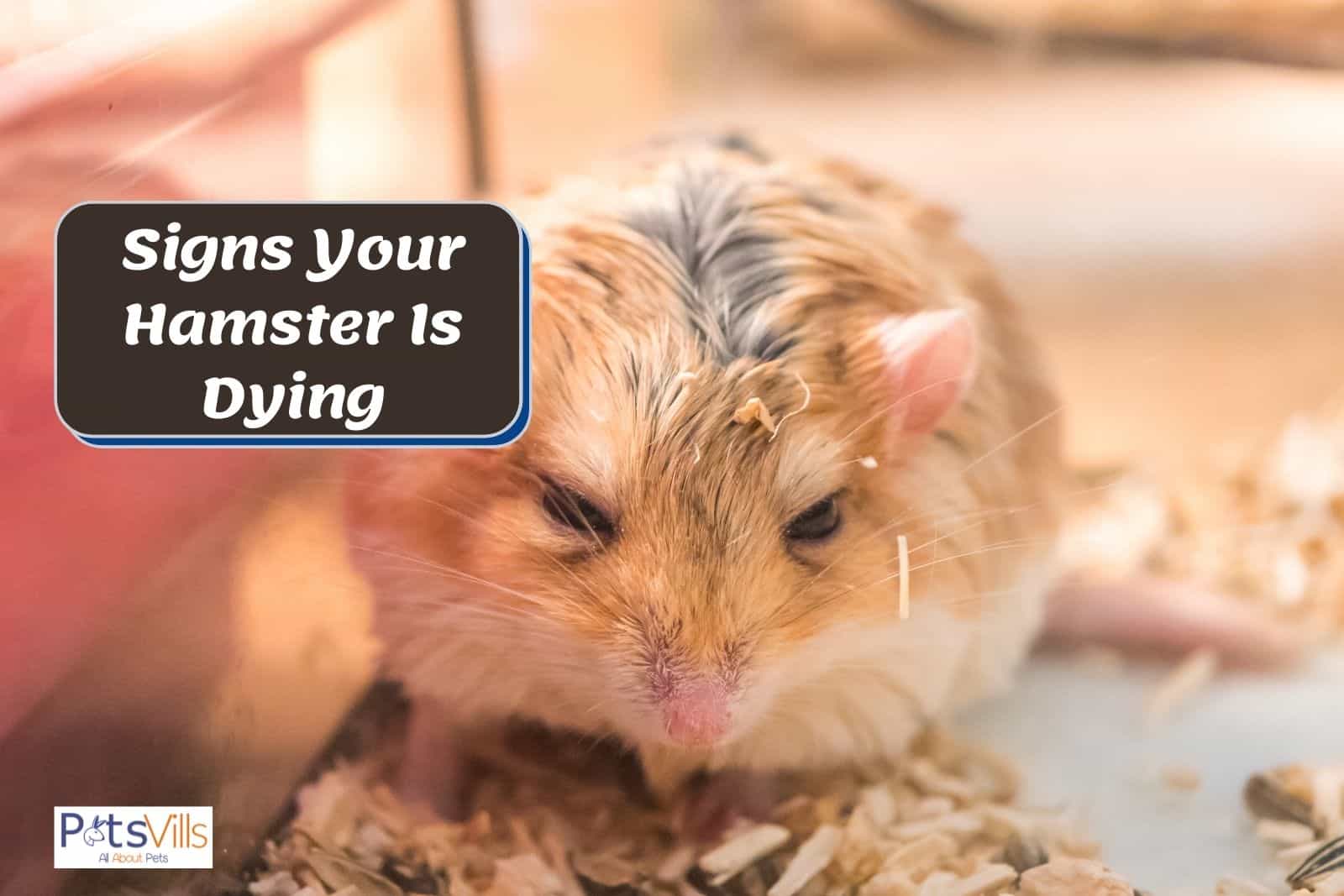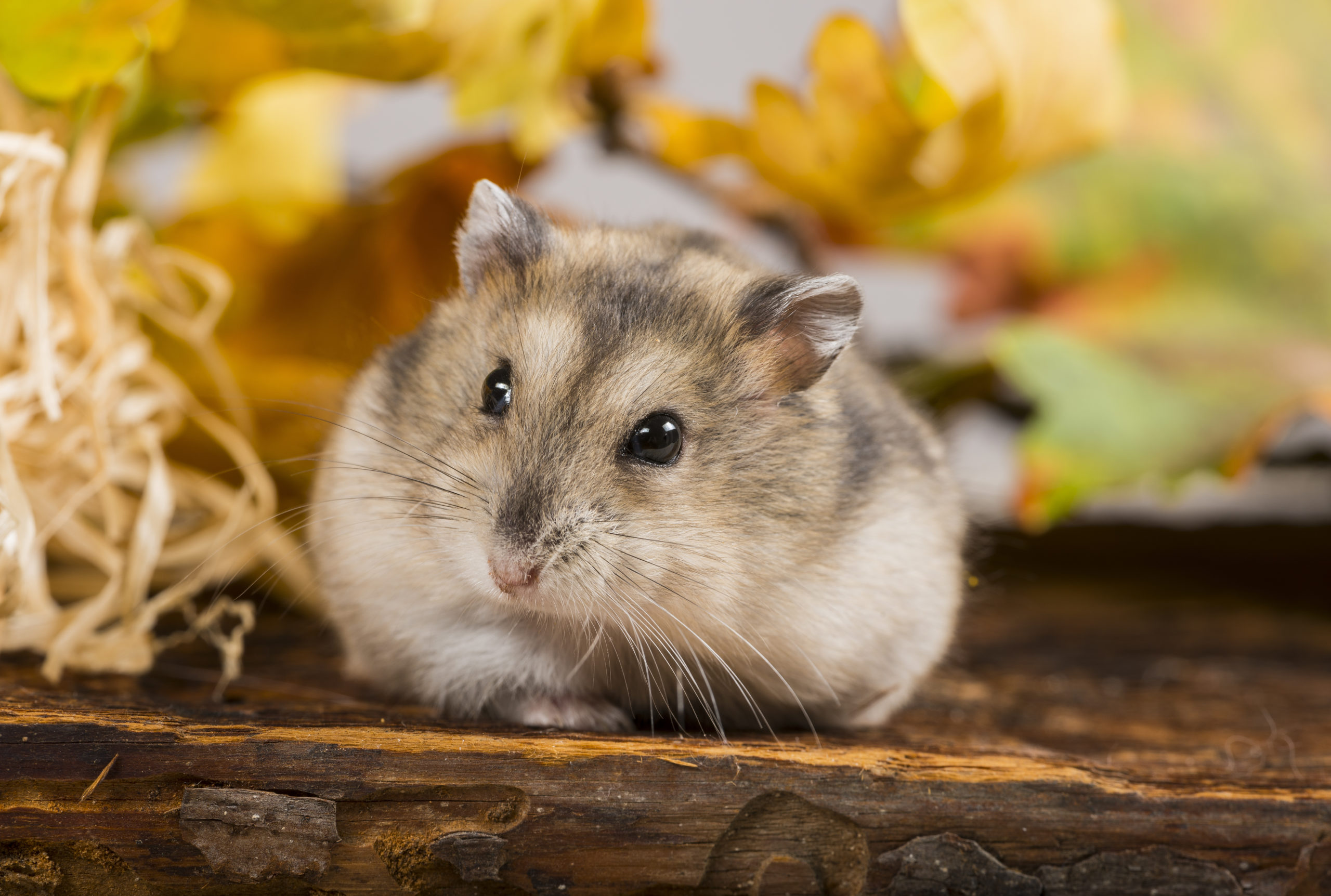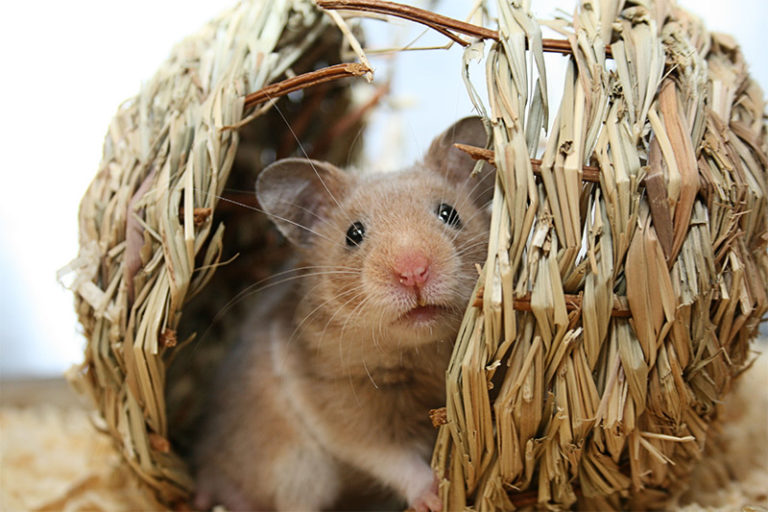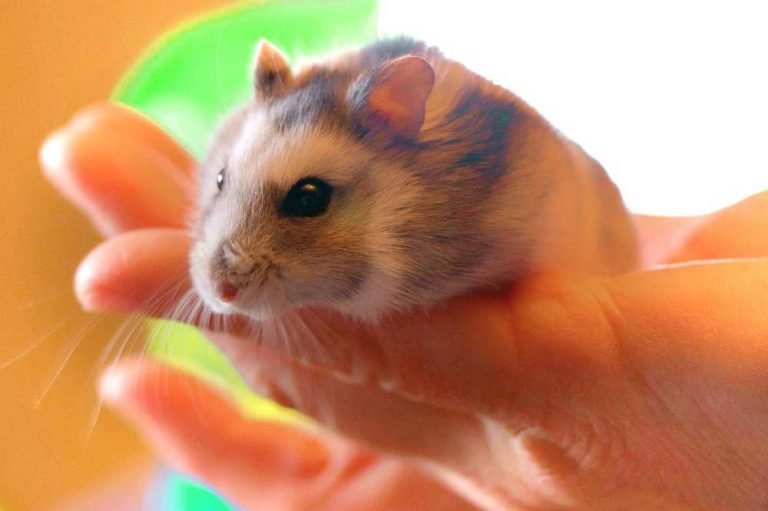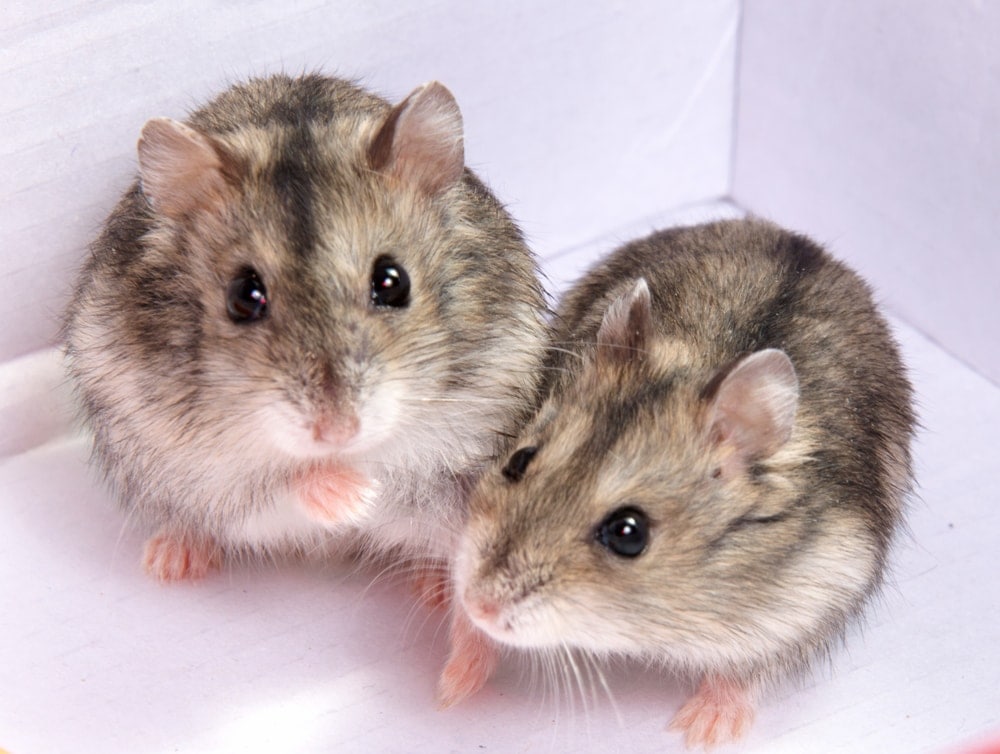Brilliant Tips About How To Tell If My Hamster Has Wet Tail
/you-have-called-me-dwarf-hamster-6-weeks-old-184337772-5848b1065f9b58dccc9fc10c.jpg)
A very foul smell coming from them.
How to tell if my hamster has wet tail. Loss of energy (lethargy) dehydration (sunken eyes). The most notable symptom of the wet tail disease is severe diarrhea, resulting in a wet and soiled appearance around the hamster’s backside. A lack of appetite 5.
One of the most obvious visual symptoms of wet tail is the wet and soiled appearance of the hamster's tail area. A lack of energy and enthusiasm 6. A tail covered in faeces 2.
The following signs indicate wet tail in a hamster: The first sign you'll normally notice is when a pet hamster starts to look a little unkempt, their coats look a mess and they appear lethargic. The wetness is caused by the diarrhea that the.
Does your hamster have a wet and dirty tail? It’s important for all hamster owners to constantly look out for the following symptoms of wet tail disease: More aggressive than normal and possibly biting when handled.
Is the area around their anus soiled? In serious cases you may also notice blood in your hamster’s urine. It is likely that your furry friend has proliferative ileitis, commonly known as wet.
Severe and persistent watery diarrhea (you’ll notice matted fur around the tail). Walking with a hunched back 7. A tail covered in faeces.
Signs of illness you may notice in your hamster include: All hamster owners must keep an eye out for the following symptoms of wet tail disease: Although diarrhea is the most typical symptom, other issues like loss of appetite, lethargy, a hunched appearance, or an untidy coat may also be seen in.
Hunched posture and dull eyes. Tail end and sometimes abdomen are wet, matted. Stress is bad for them because it causes.
Seeming very lazy and sleeping a lot more. Wet/soiled anal area and tail. Hamsters are tiny but they are very prone to getting stressed.
